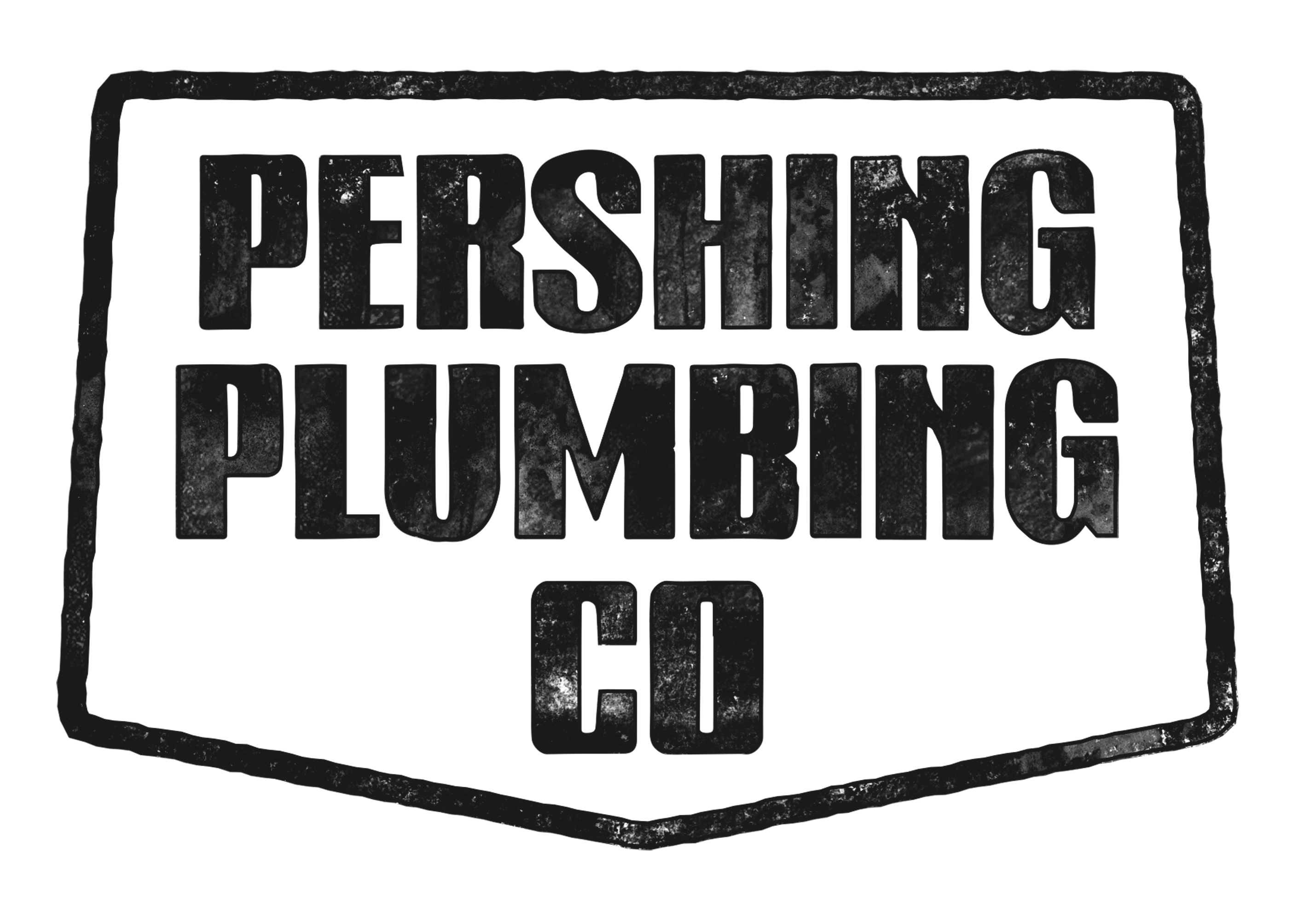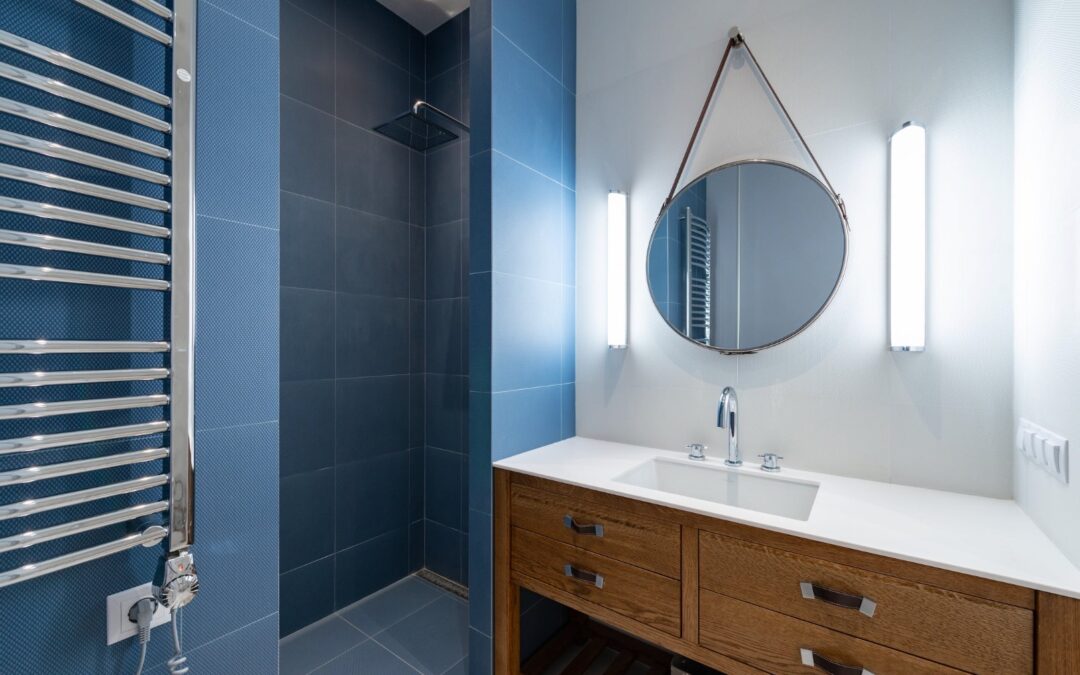Preventive maintenance is more effective than curative. By taking preventative steps, homeowners can cut down on costly repairs and lower their utility bills. These are seven steps to prevent water damage in your home.
PREVENTION OF THE TOILET
You see people using your toilets every day. However, it is not common to remove the tank cover from the toilet to inspect its components. It is a good idea check the supply, fill flush, flush and flush values. Also, inspect the supply lines for corrosion. Even though leaky toilets may not seem obvious, wasted water can lead to high costs.
DON’T GET HEATED OVER YOUR WATER HEATER
Did you ever feel cold when your water heater was turned on? It could have been due to sediment buildup that reduces its efficiency. You should drain your water heater every year to improve its performance and lifespan. Each year, inspect the water heater’s shutoff valves and piping for potential problems.
CHECK FOR LOW DRAINS
Slow-moving Drains may indicate bigger problems. If the drains are still slow moving, you can flush them using vinegar and hot water. Try to clear a clog using chemicals or force.
FIX LEAKY FAUCETS AND SHOWERHEADS
If you are looking to save money and protect the environment, fixing a leaking faucet or showerhead is a good idea. The Environmental Protection Agency estimates that the average household wastes 180 gallons each week from household leaks.
When you turn off the water, make sure that the faucet handles are not leaking. You should also check for leaks under the sink and from the showerheads. These signs could indicate a worn washer, corroded O ring, or other issues.
SIGNS OF THE YEAR
Although outdoor sprinklers are usually free-flowing in the summer, they can clog your plumbing system in winter. Add outdoor fixtures to your preventative maintenance plan. You may need to turn off your outdoor water supply before the weather turns cold.
UNDER PRESSURE
Your water pressure gauge should never be set too high. This can lead to excessive pressure in your plumbing system. You must ensure that your regulator functions properly in order to keep your pressure under control.
MISSING CAULK
Caulking in bathrooms is important because it creates an impermeable barrier between your floors and your walls. Look for any missing or damaged caulk in the area of the tub, sink and shower.

